7 Most Important Indian Battles in Montana History
Article by Walter Fleming, Montana State University Professor of Native American Studies
1. Battle of the Greasy Grass or the Battle of the Little Bighorn
June 25-26, 1876, between the Lakota, Cheyenne, and Arapaho tribes and the U.S. 7th Cavalry. Lieutenant Colonel George Armstrong Custer and the 7th Cavalry attacked a large village consisting of five bands of Lakota and one band of Cheyenne, camped along the Little Bighorn River. When the smoke cleared, 268 soldiers, including Custer, were killed while the Lakota and Cheyenne sustained a known loss of 31 warriors. Custer divided his troops and so the Reno-Benteen Battlefield is several miles upstream from the Custer Fight and is usually treated as a separate battle from the Custer Battle. The Battle of the Little Bighorn is regarded as the most decisive Native American victory and the worst U.S. Army defeat in the Plains Wars. Its consequences, however, is that the Plains tribes won the battle but lost the war as the U. S. Government increased its efforts to (subdue) the tribes.
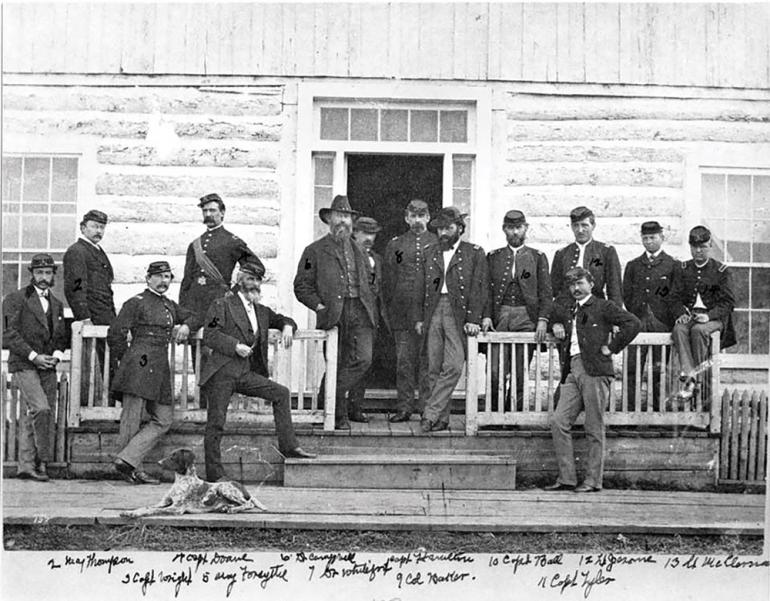
2. Massacre on the Marias or Baker’s Massacre, January 23, 1870.
Major Eugene Baker of the Second Cavalry was sent to punish the Piegan (Blackfeet) village of Mountain Chief who was thought to be harboring the murders of Malcolm Clarke, prominent Montana rancher. Instead, the Calvary mistakenly attacked the village of Heavy Runner, known to be peaceful. Baker’s scout, Joe Kipp, informed Baker that they were about to attack the wrong village. Baker replied, “That makes no difference,” and ordered the attack. After the attack was over, 37 men, 90 women, and 50 children lay dead (the majority of men were off hunting). A Montana history book of the time reported that this was “the first great lesson in good manners taught the savages of this territory.”
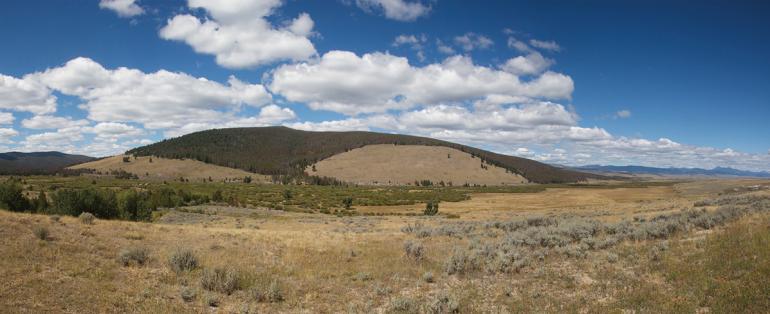
3. The Fight Where the Girl Saved Her Brother or the Battle of the Rosebud,
June 17, 1876 between the Lakota and the Cheyenne and Brigadier General George R. Crook, commanding the 2nd and 3rd Calvary and five companies of the 4th and 9th Infantry. Taking place just a week before the Battle of the Little Bighorn, warriors and soldiers fought to a draw and Crook withdrew to Goose Creek, near Sheridan, Wyoming, where he remained for seven weeks. During his convalescence, the Battle of the Little Bighorn was fought to its well-known conclusion. Historians have long speculated how the Custer Fight might have turned out had Crook’s 950 soldiers been in the field. The Cheyenne name is a product of Buffalo Calf Road Woman who saved her wounded brother, Chief Comes in Sight, by riding into the fray and grabbing him up.

4. Two Medicine Fight,
July 27, 1806, between Meriwether Lewis and men under his command and Piegan (Blackfeet) warriors. Captain Lewis, of Lewis and Clark Expedition fame, traveled down the Marias River with three Expedition members, and encountered a party of eight Piegan men just south of the present-day town of Cut Bank. They camped together for the night and the next morning, Lewis was awakened by shouts of his men. The Piegans had taken their rifles. One Piegan was stabbed and killed in a struggle with Reuben Field while Lewis shot another. This encounter was the only violent conflict between the Corps of Discovery and American Indians. One outcome of this event is that the Blackfeet remembered bitterly when He-Who-Looks-At-The-Calf and Calf-Standing-On-A-Side-Hill were killed by the Americans and refused to permit the American fur companies to operate within their territory.
5. Hayfield Fight,
August 1, 1867, an engagement of Red Cloud’s War, near Fort C. F. Smith (current site of Yellowtail Dam, south of Hardin). Fort C. F. Smith was one of three military posts established along the Bozeman Trail. A hay-cutting crew was attacked by Cheyenne and Arapaho warriors (allies with the Lakota) during a coordinated series of attacks by the Lakota and Cheyenne designed to close the Bozeman Trail. Although a little-known encounter where only three non-Indians were killed, the Hayfield Fight, together with the Wagon Box Fight (August 2), near Fort Phil Kearny, Wyoming, convinced the Government that it could not guarantee safe travel of non-Indian civilians using the Bozeman Trail. The Government agreed to withdraw from the Bozeman Trail and the forts were abandoned. Red Cloud’s War ended with the 1868 Treaty of Fort Laramie which saw the creation of the Great Sioux Reservation and the promise that the Powder River country would be “unceded Indian Territory,” a reserve for Indians who chose not to live on the reservation. Red Cloud is said to be the only Indian leader to win a war against the United States.

6. Battle of Bear Paw,

between the Nez Perce and soldiers commanded by General Oliver O. Howard and Colonel Nelson A. Miles, September 30 – October 5, 1877. The Battle of Bear Paw (aka, Battle of the Bears Paw Mountains) was the final engagement of the so-called Nez Perce War of 1877. After a five month and 1,170 mile trek, the Nez Perce, cold and tired, were just 42 miles from sanctuary in Canada when they were forced to surrender following a siege that lasted several days in cold and snowy conditions. On October 5, Chief Joseph delivered his surrender speech that concluded, “From where the sun now stands I will fight no more forever.” The flight of the Nez Perce is regarded as one of the last attempts to avoid reservation life by the Plains tribes.
7. Battle of the Big Hole,

August 9-10, 1877, between the U.S. Army and the Nez Perce, during the Nez Perce Flight. One of a series of battles and skirmishes, the Battle of the Big Hole was especially costly to both sides. Colonel John Gibbon, from Fort Shaw (near Great Falls) followed the Nez Perce into the Bitterroot Valley. On August 8, he located the Nez Perce camp in the Big Hole. The next day, Gibbon attacked the village and after the Nez Perce scattered, he halted the pursuit, allowing the Nez Perce to rally. This hesitation provided the Nez Perce with time enough for the camp to pack up and escape. Both sides suffered relatively heavy casualties; Gibbon suffered 29 dead while it is estimated that the total dead among the Nez Perce was between 70 and 90, the majority of whom were women and children. This battle convinced the Nez Perce that they could not expect sympathy from the military thereafter.
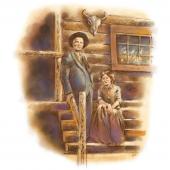




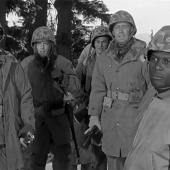




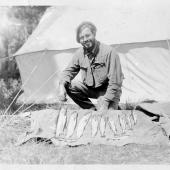
Leave a Comment Here